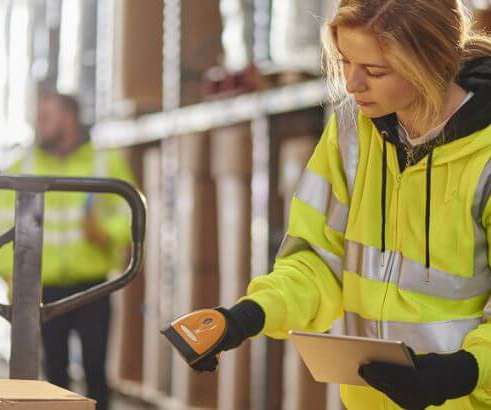The Green Corridor: Digitise Wisely to Reduce Emissions
The Logistics & Supply Chain Management Society
FEBRUARY 16, 2023
The Green Air Target of 2030 I recently did some research on the state of Airlines. There forecast shows that global emissions from the Airline sector should hopefully peak in 2030. He crafted delivery solutions for e-commerce clients and managed supply chains for several chemical and freight forwarding companies.
















Let's personalize your content